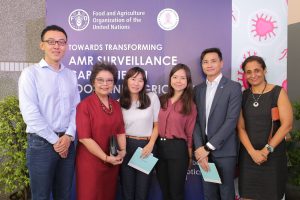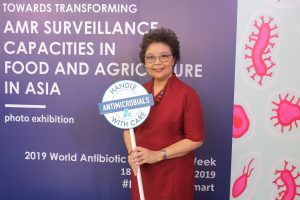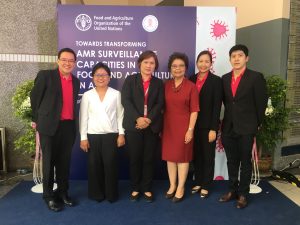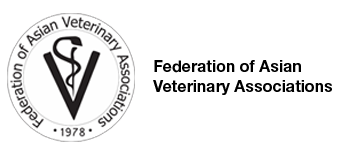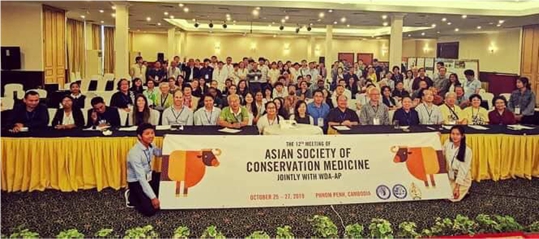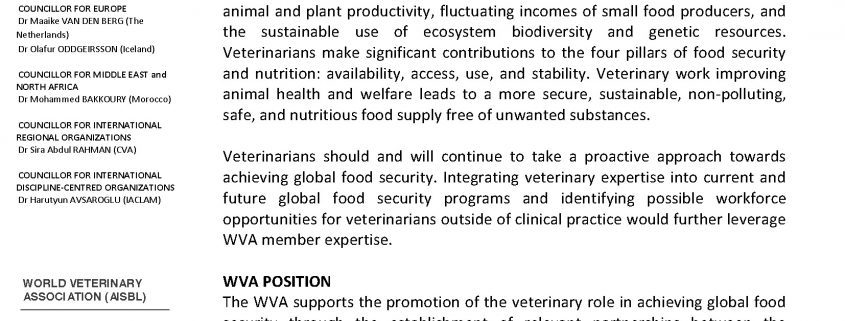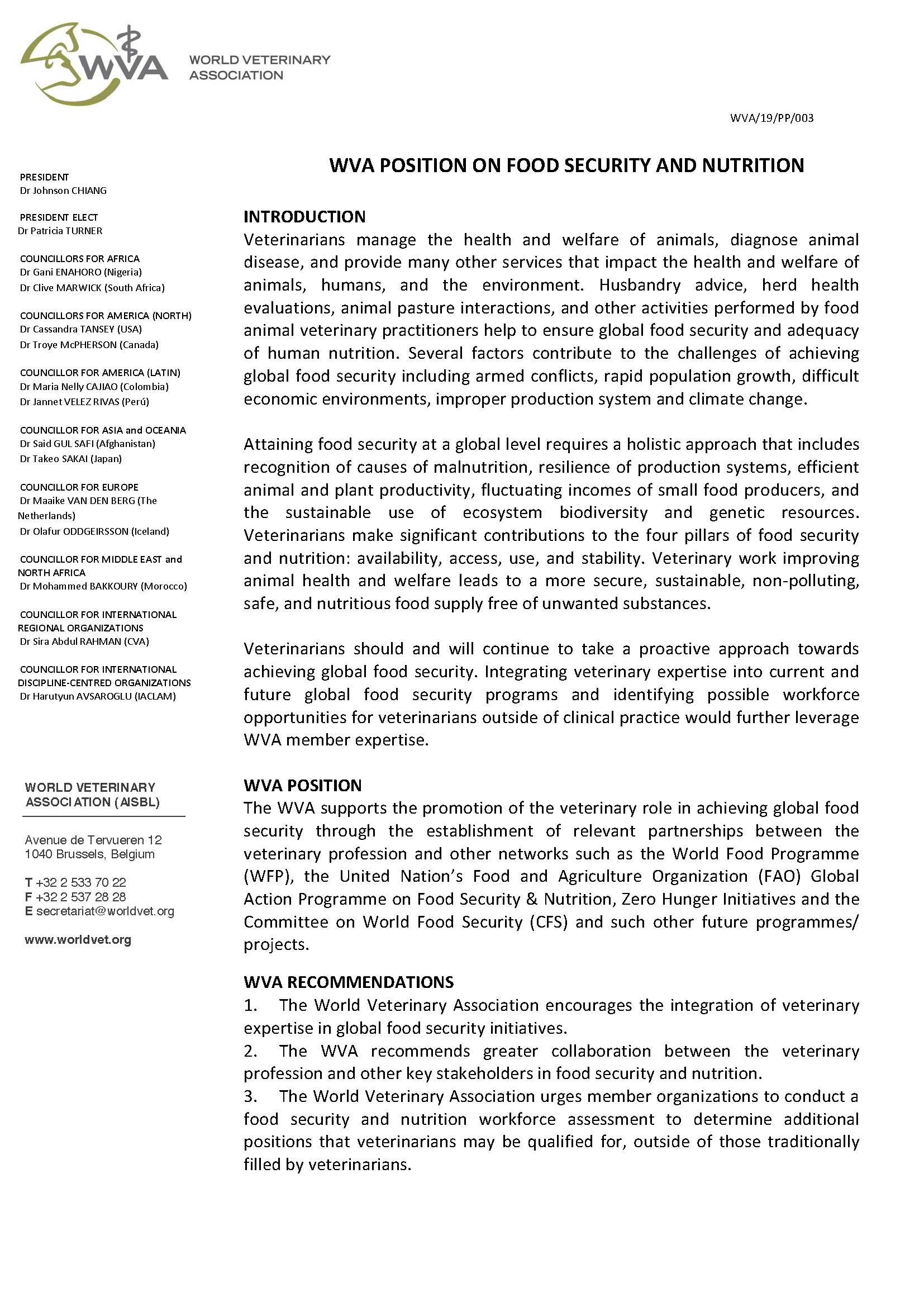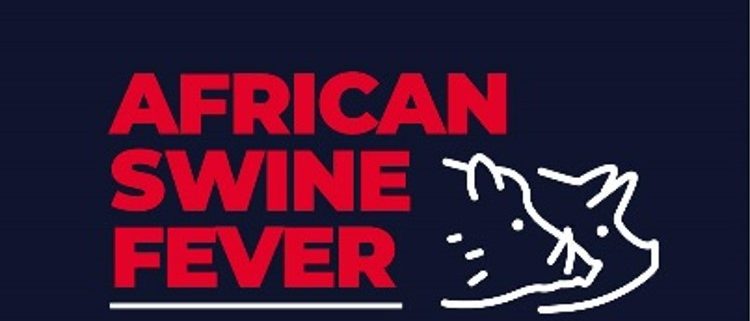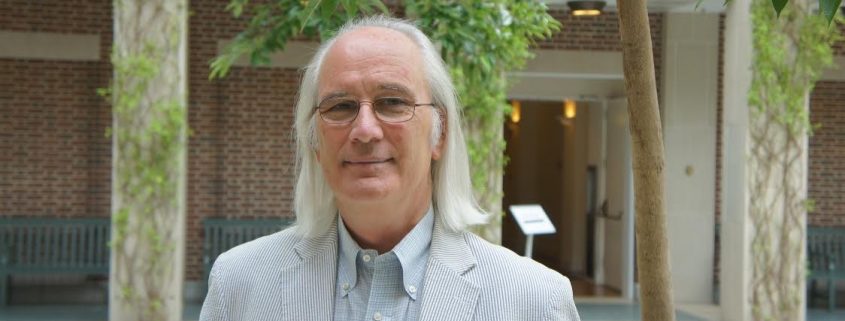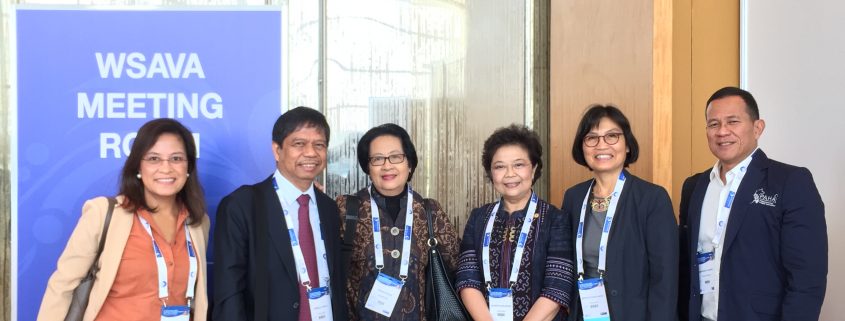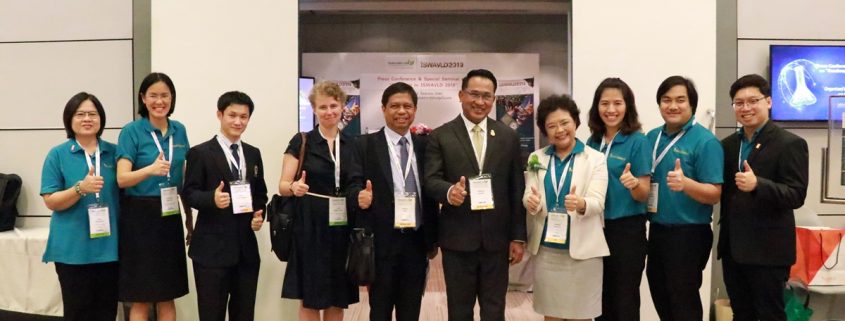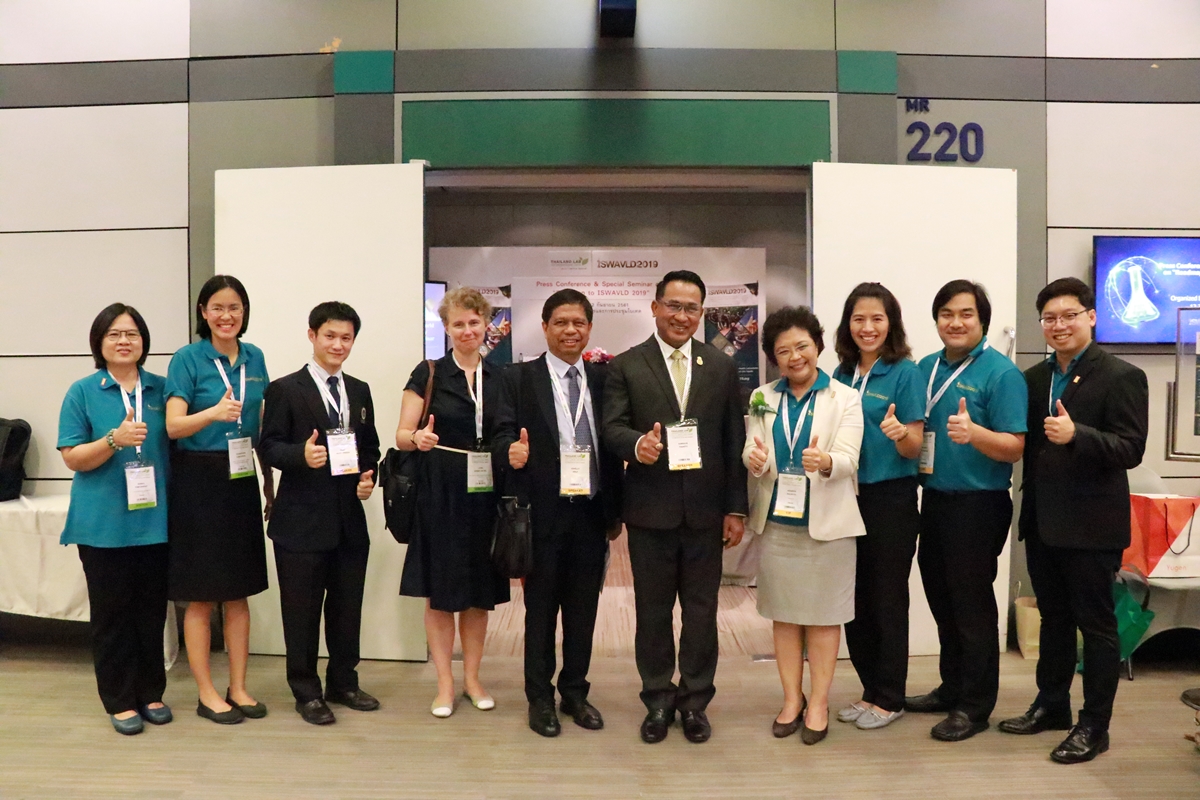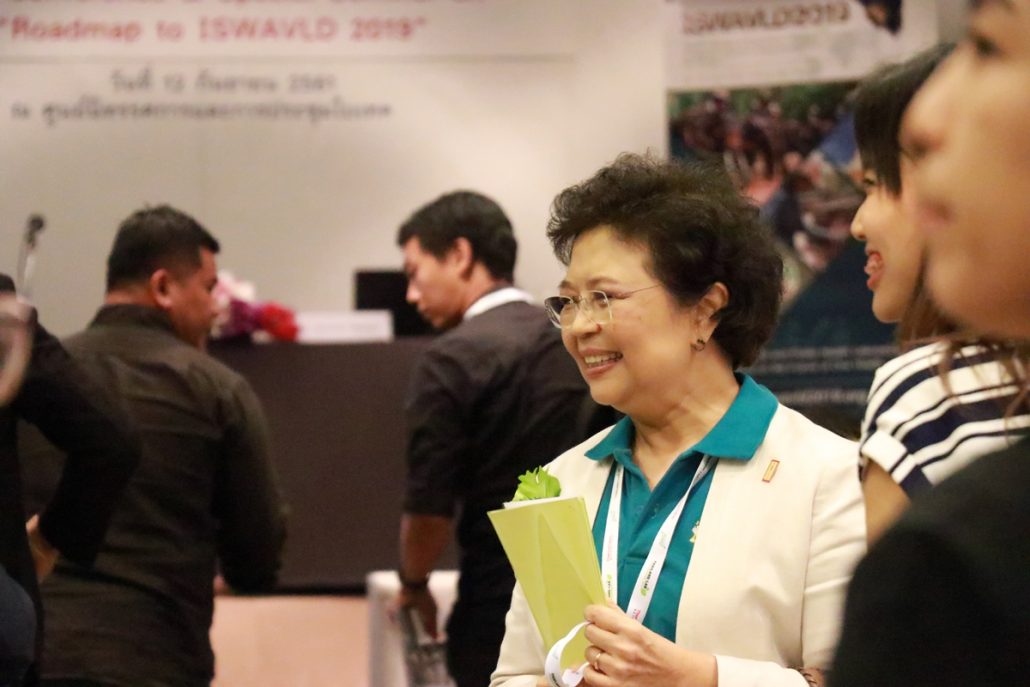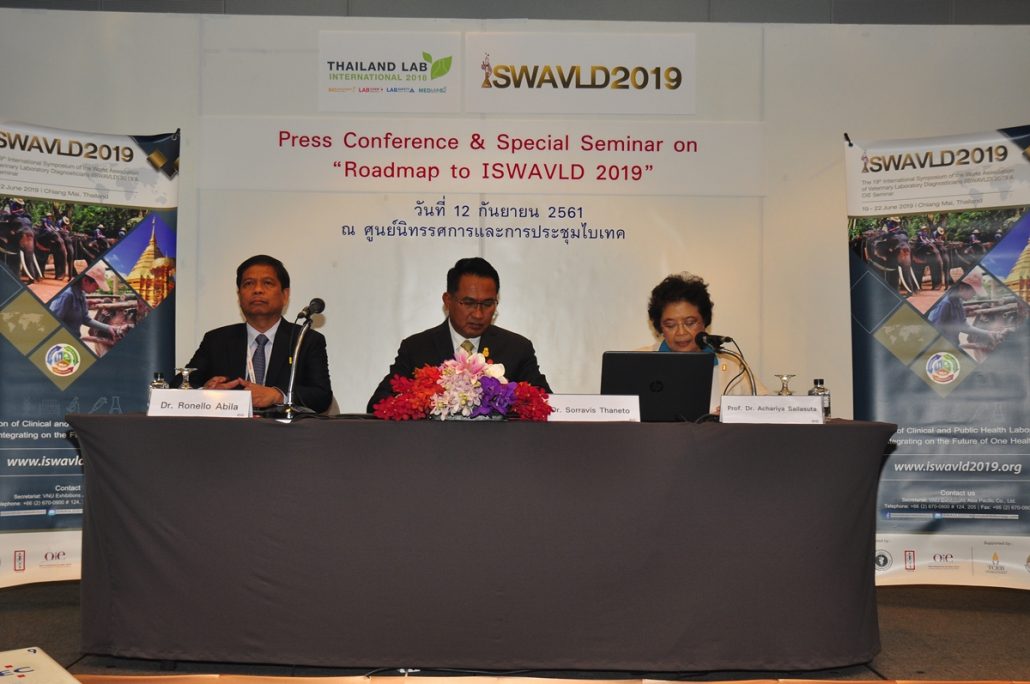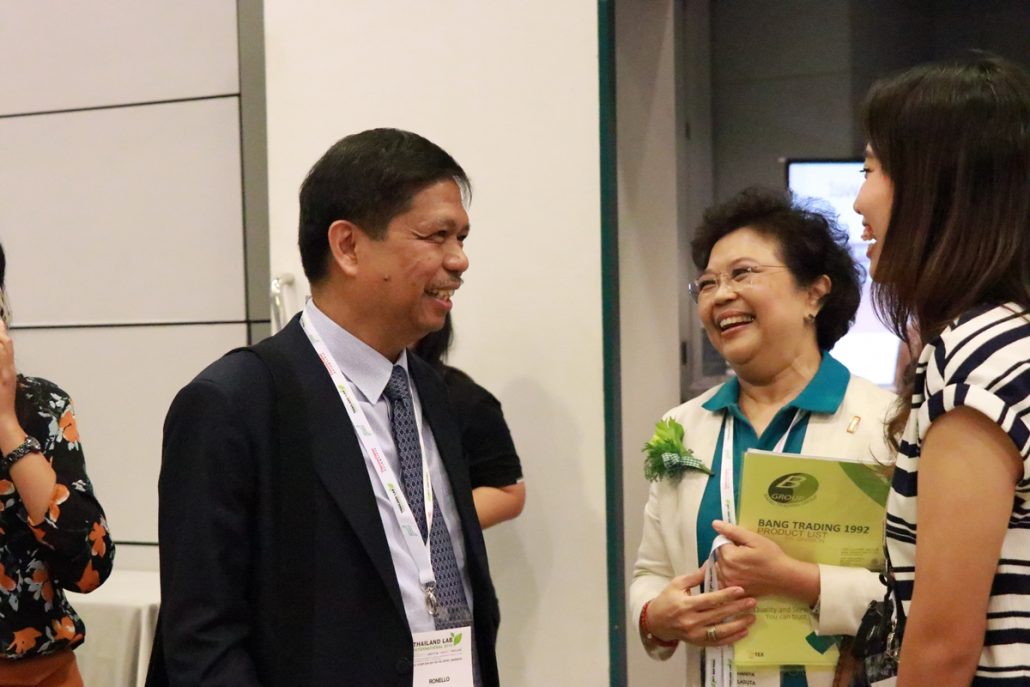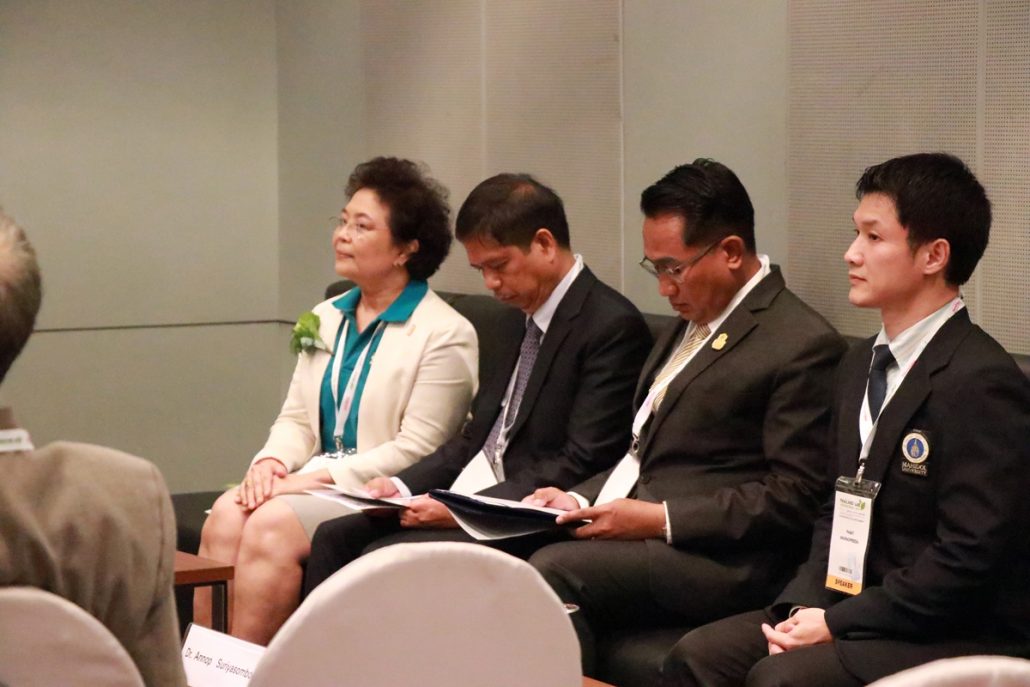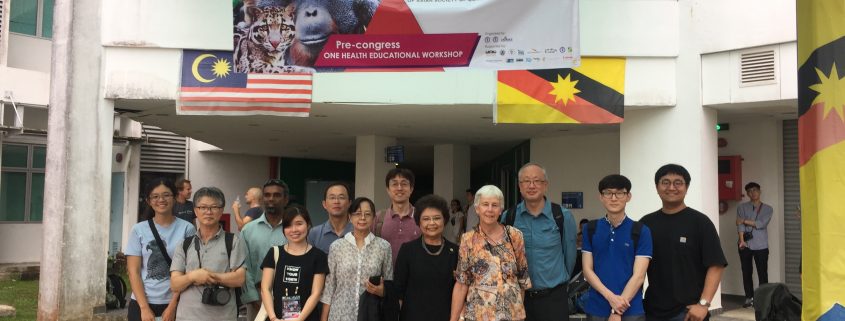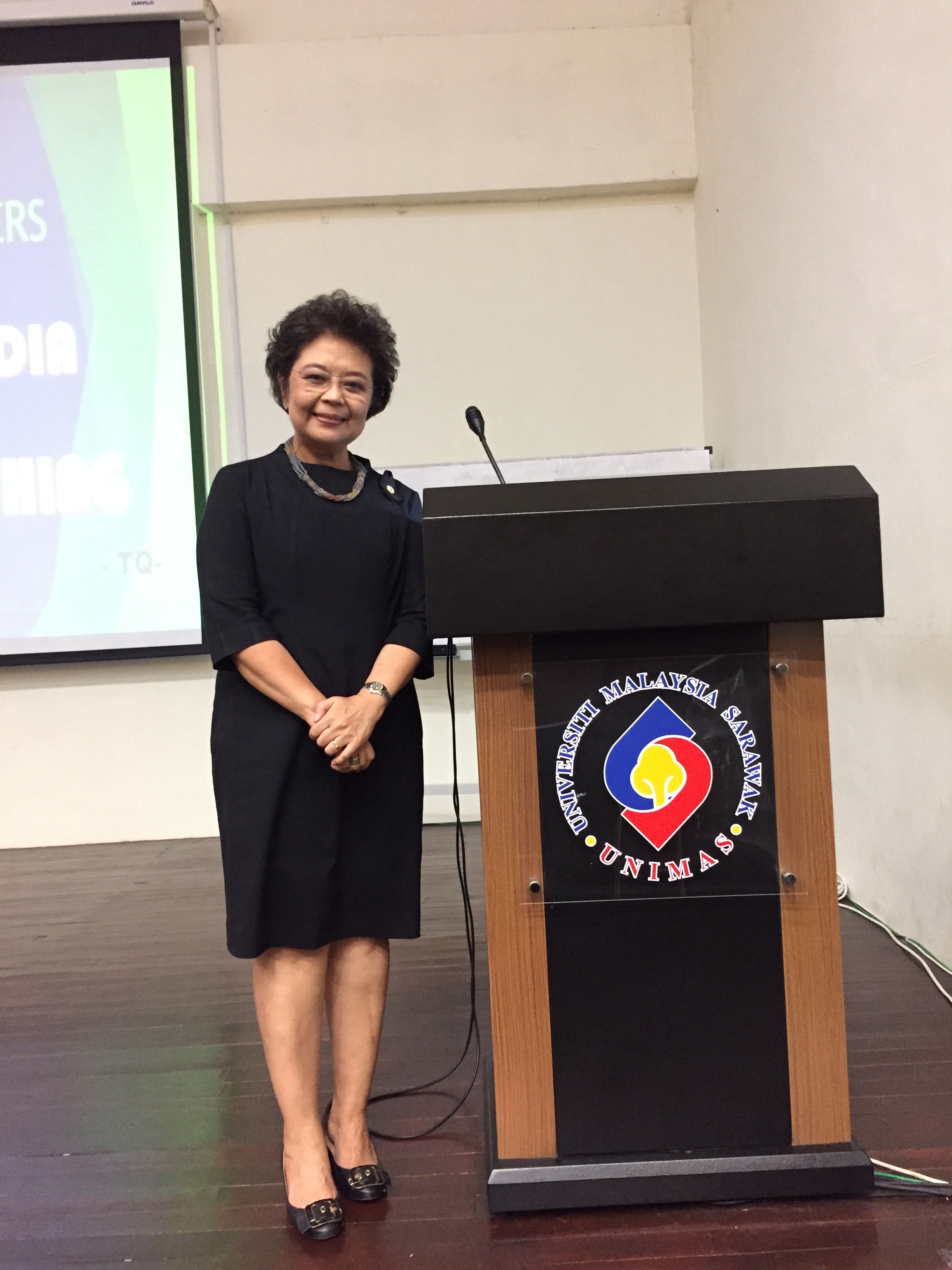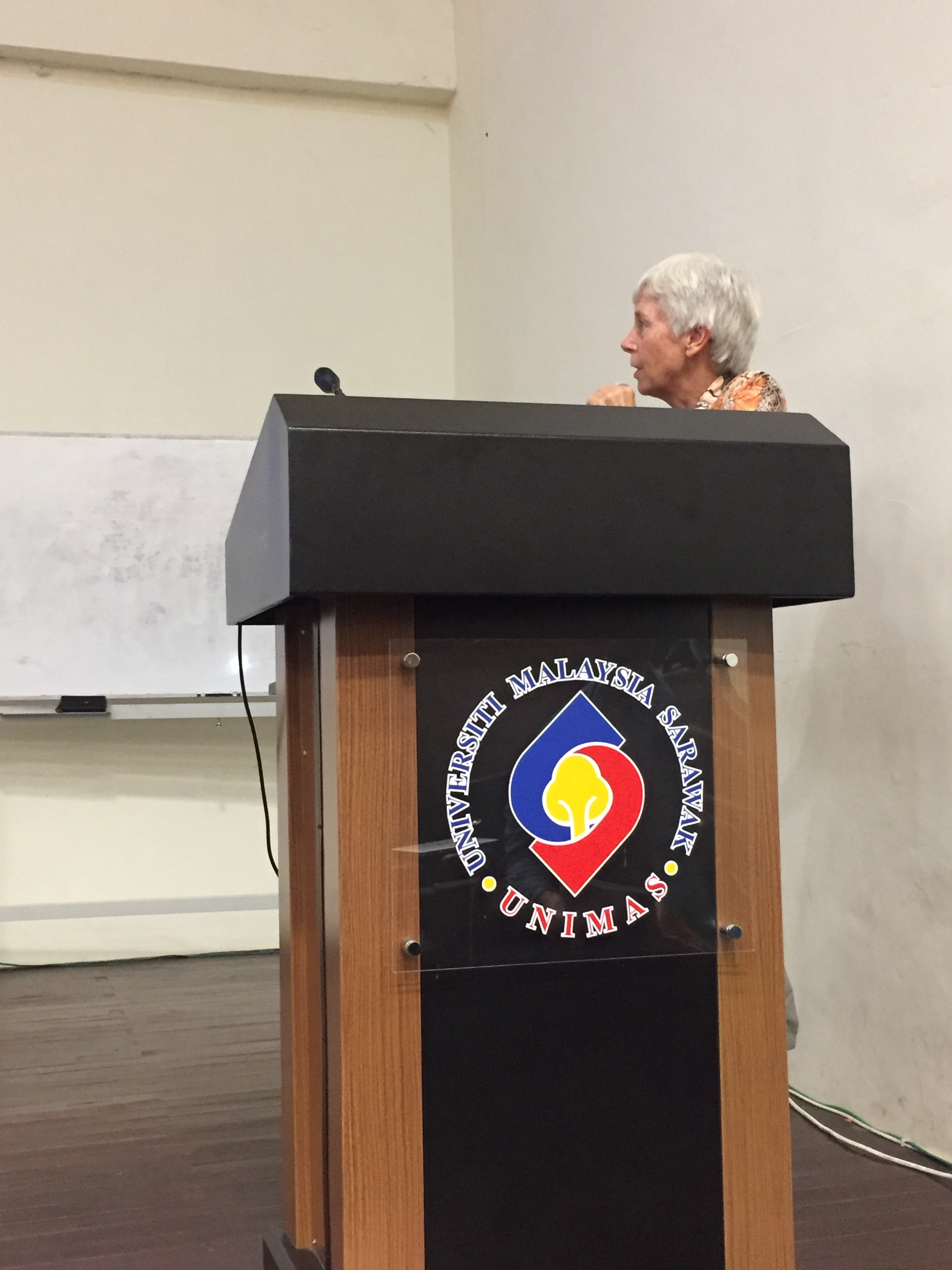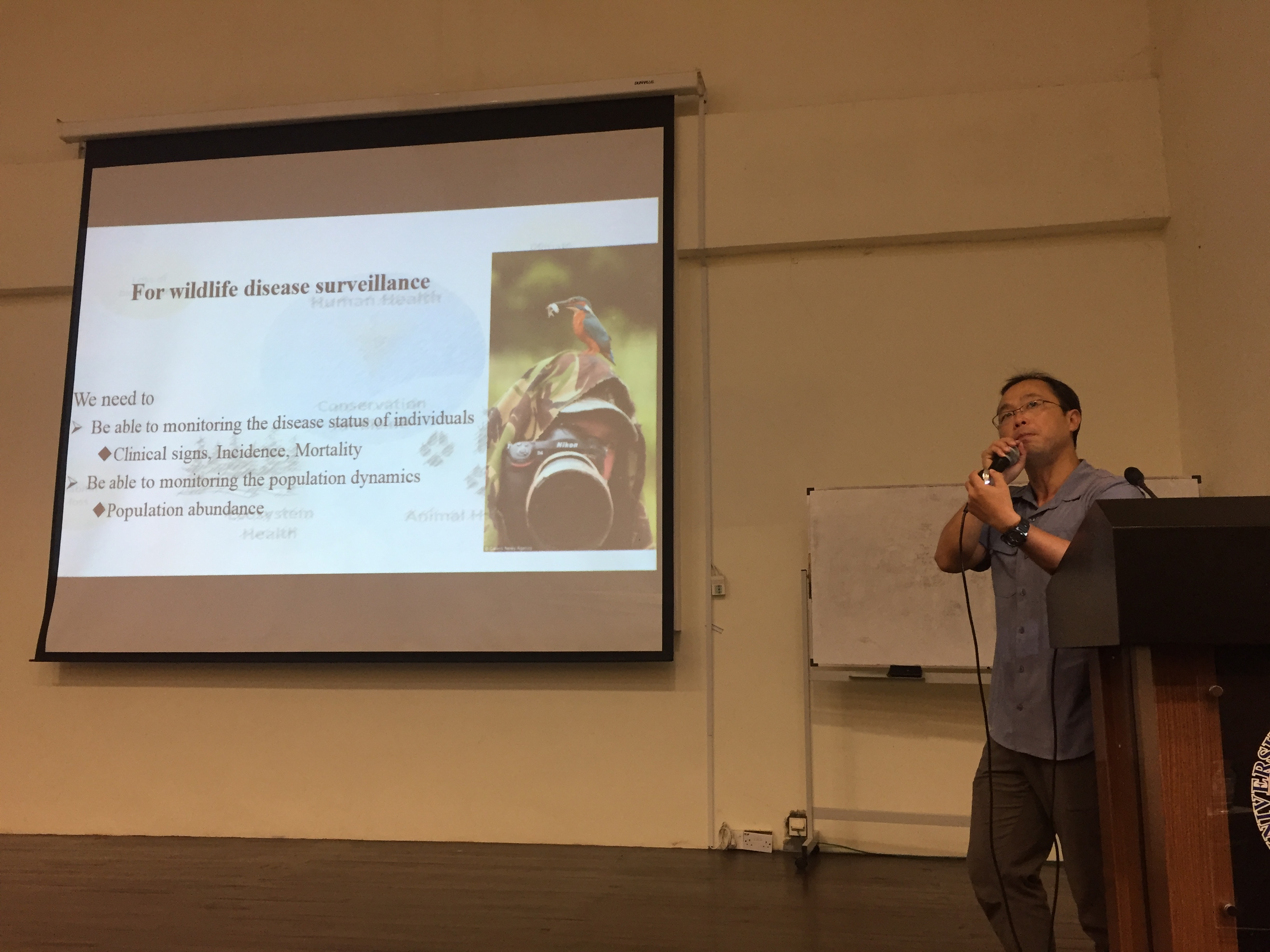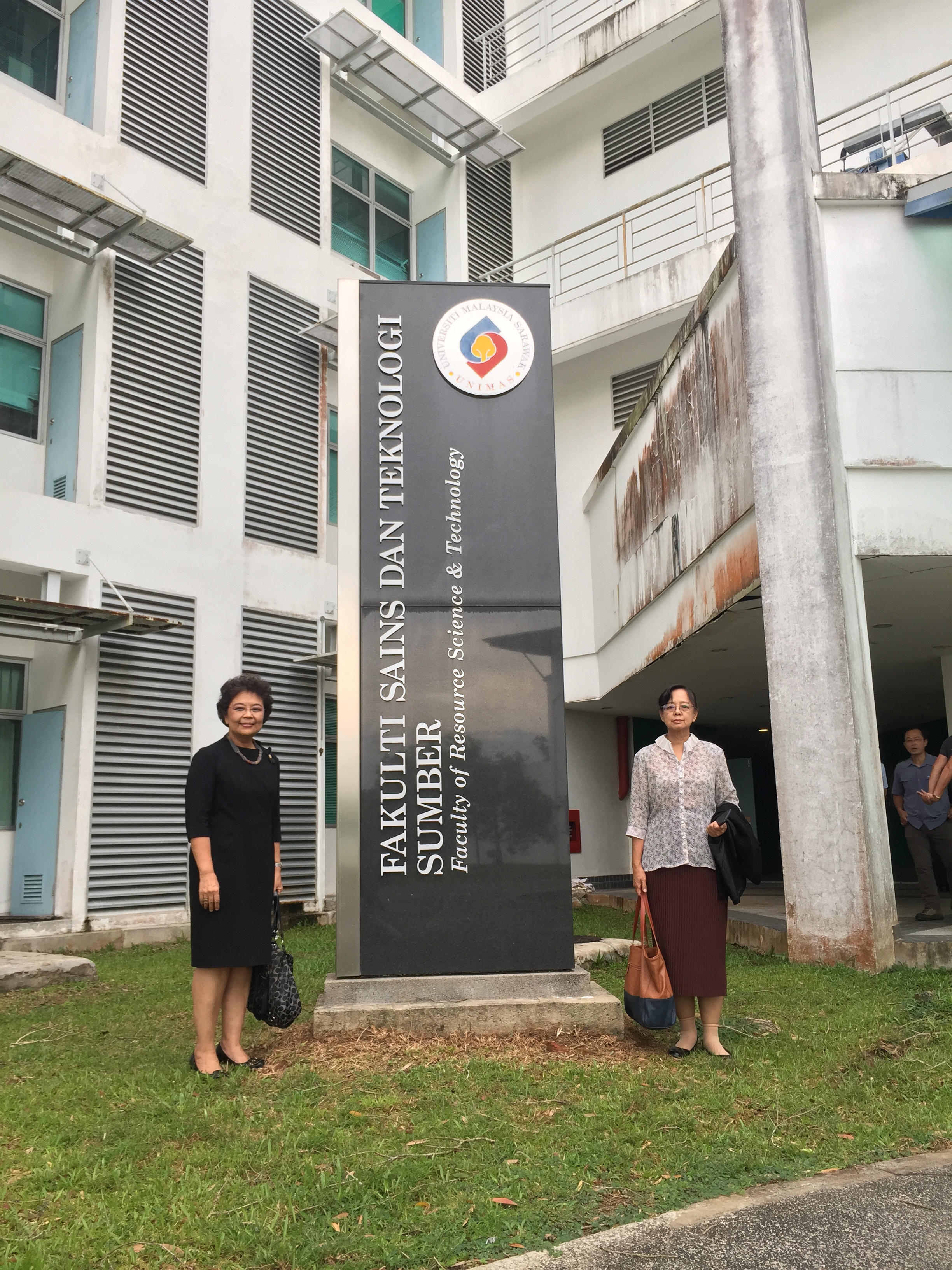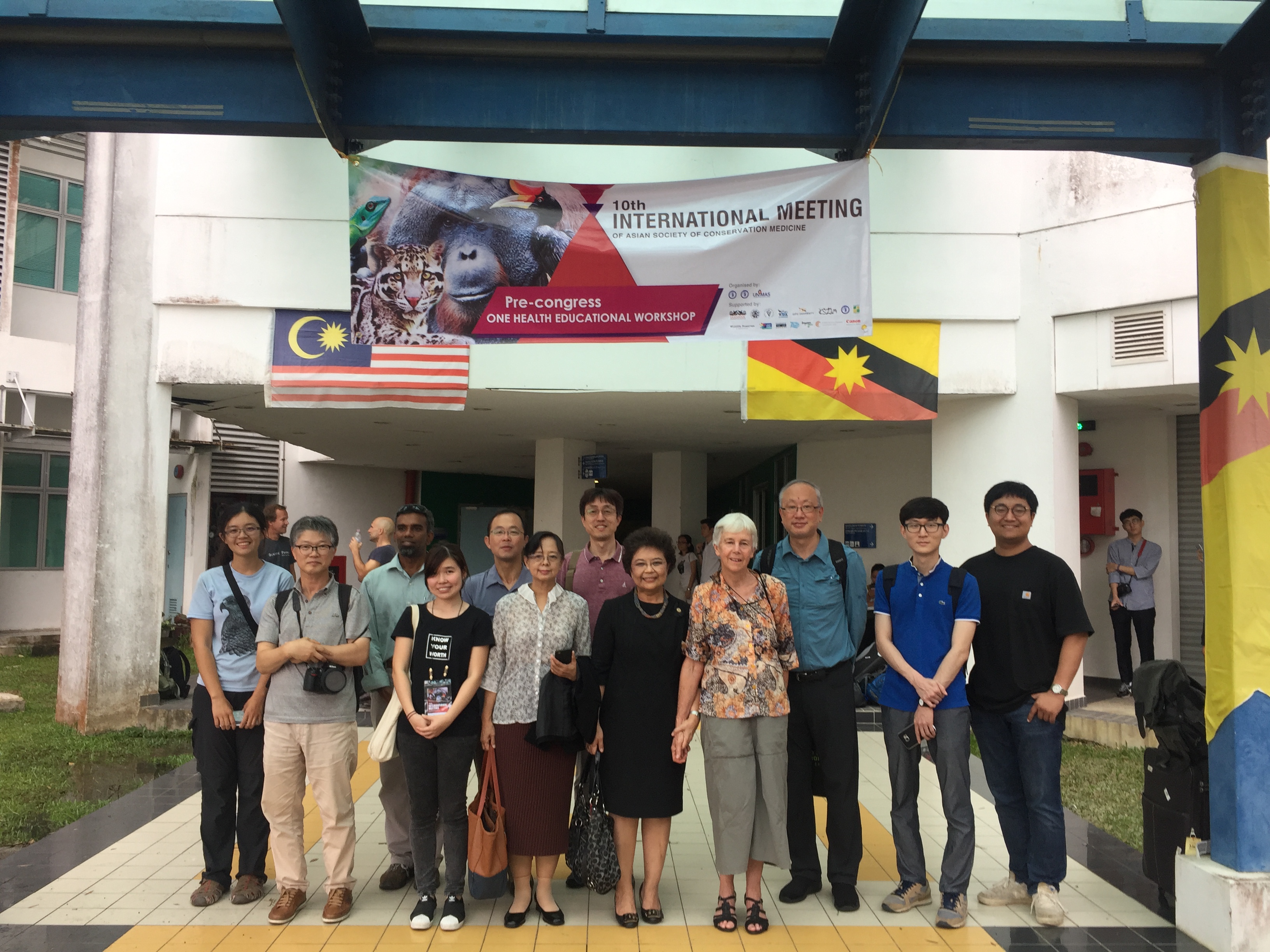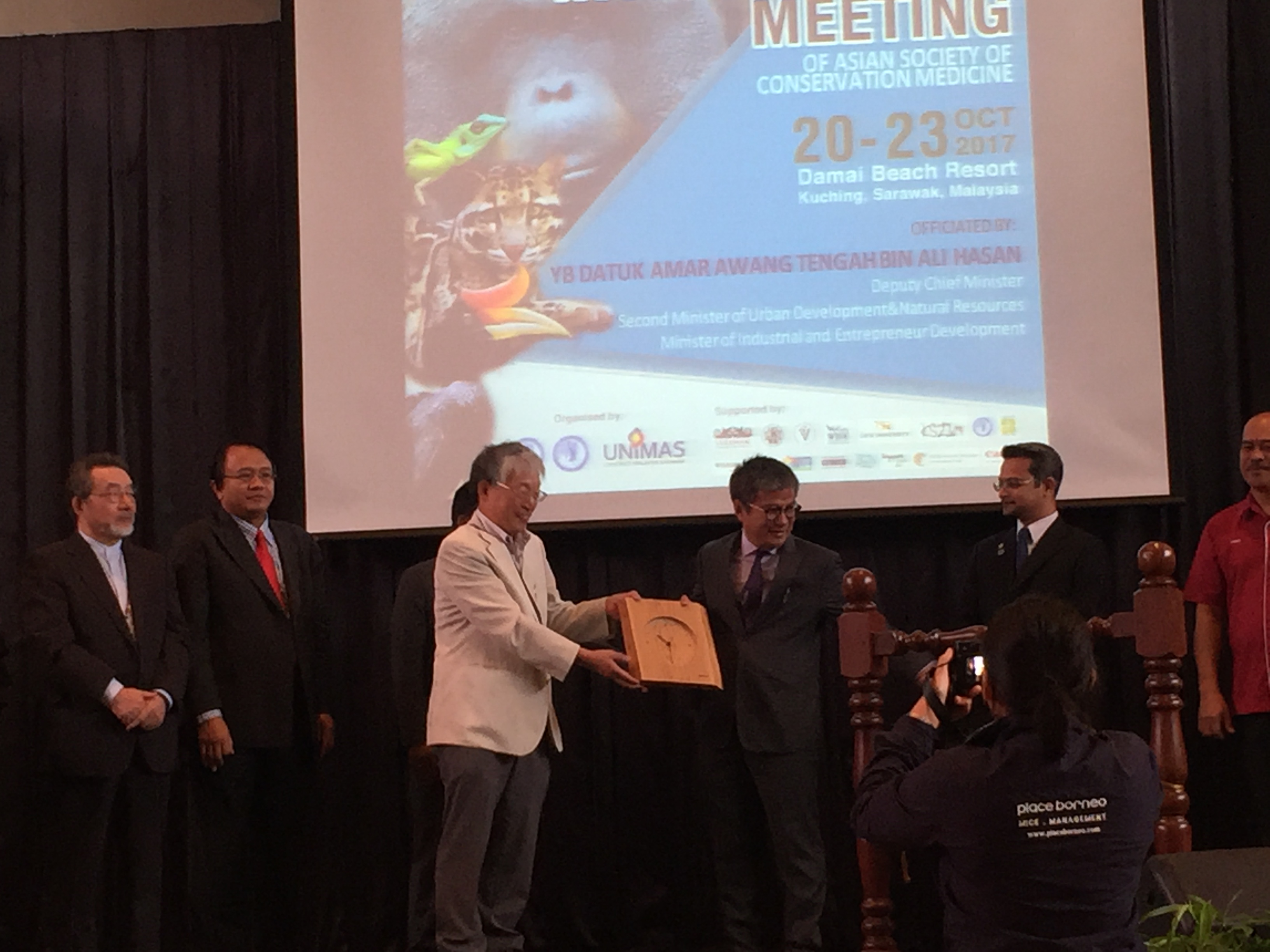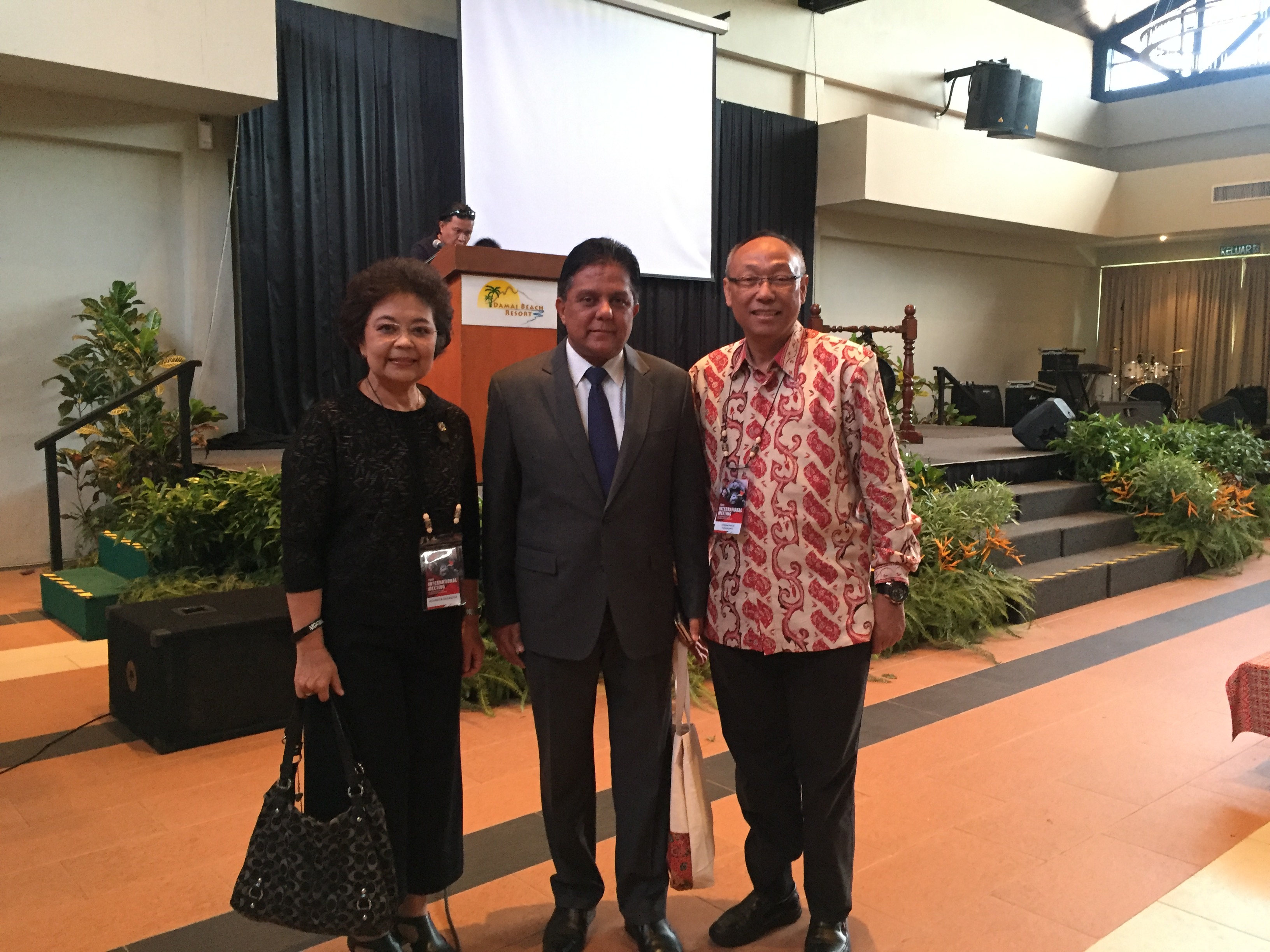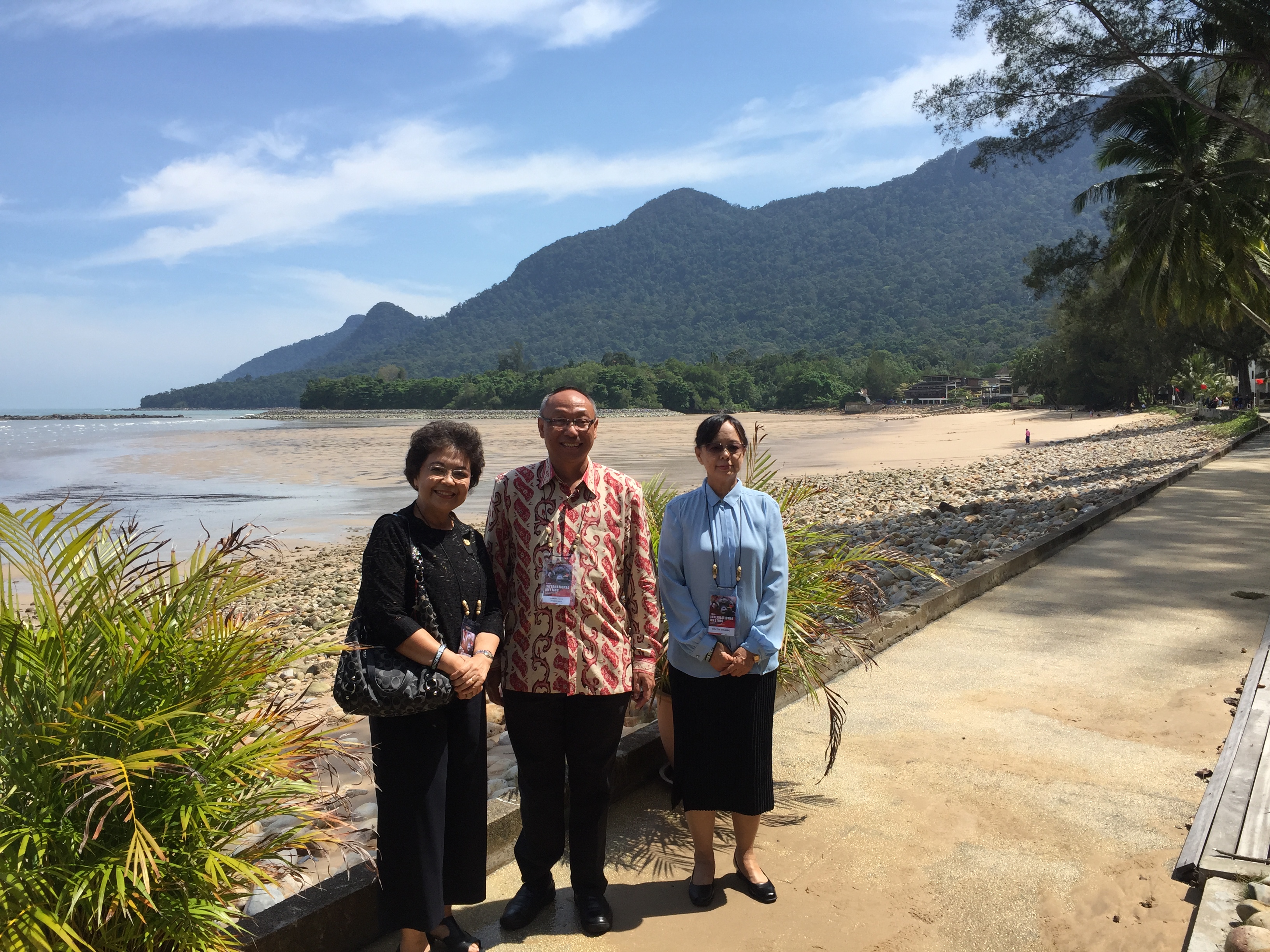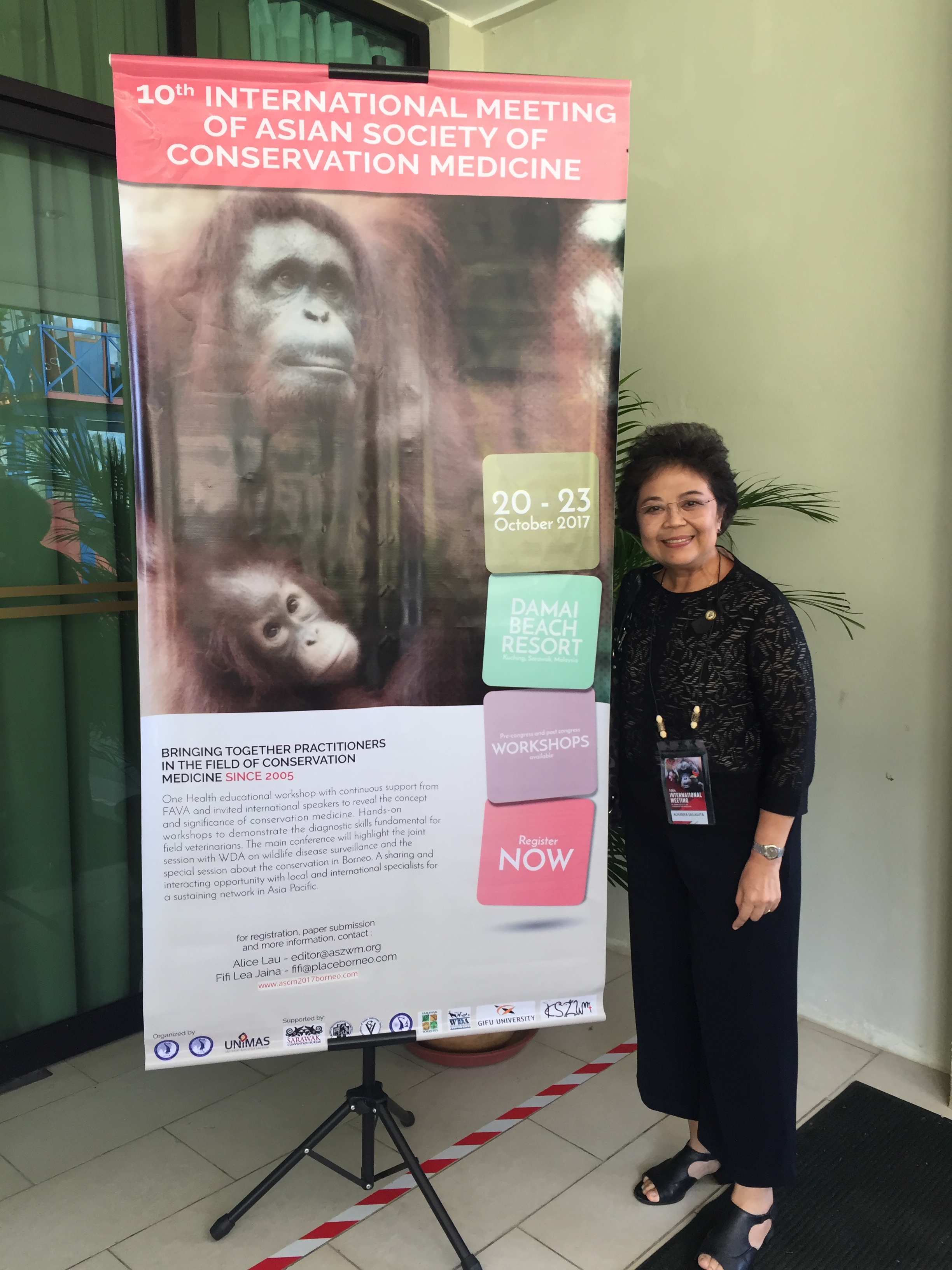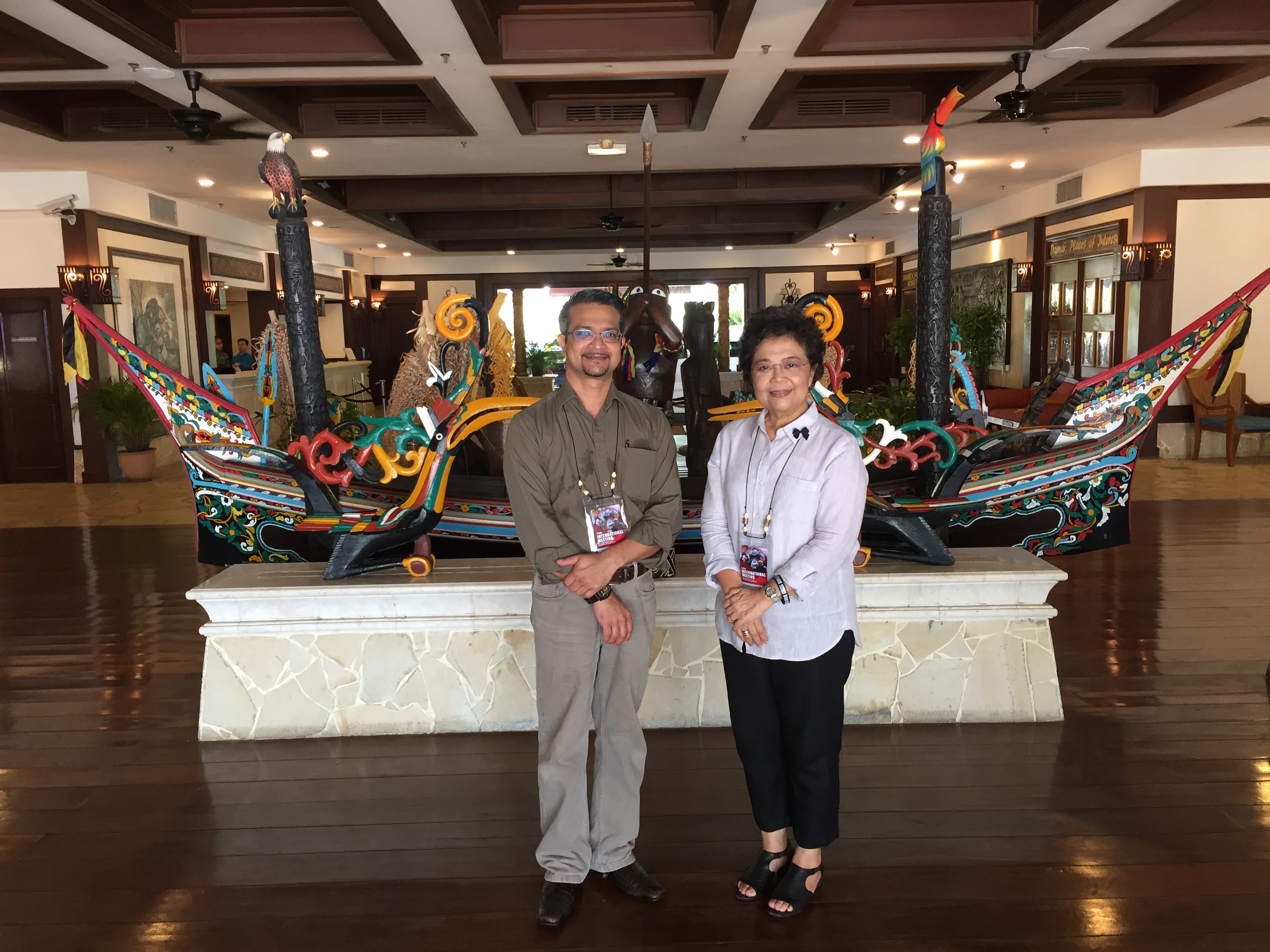World Rabies Day 2018 | 28 September
Rabies: Share the message. SAVE A LIFE
_________________________________________________
Dear OIE Regional and Sub Regional Representatives,
Dear OIE Regional Communication Correspondents,
We are now a couple of weeks away from World Rabies Day 2018!
And this year, more than ever, you can be part of the campaign by SHARING THE MESSAGE IN YOUR REGION to SAVE A LIFE.
Contribute to spread the word and enhance the visibility of OIE actions on rabies…
… through your regional website!
Share the OIE Communication tools or the link to the OIE global Rabies Portal (www.oie.int/rabies) on your regional website.
This portal gathers together a wide range of information on rabies and actions taken by the OIE against it throughout the world.
Including:
- General information on rabies;
- Posters & Infographics;
- Information sheet;
- Publications;
- Videos and short animations;
- Success stories from the countries -> We are working on new ones, if you have any proposal from your region, don’t hesitate to share it with us.
As well, you can share the tools with the regional network helping us to increase the impact and the dissemination of the campaign at national level.
Please, consider that the Communication Unit will send the tools to all the OIE Delegates and Focal Points for Communication next week.
… through the Social Media!
The OIE will actively communicate around the World Rabies Day 2018 with the following Hashtags on Facebook, Twitter & LinkedIn:
#Rabies | #Zeroby30 | #WorldRabiesDay
A new animation on the OIE Vaccine Bank will be published to highlight the dissemination of 20 million vaccine doses to the OIE Member Countries. Be part of the discussions:
You can also use the banners hereunder for your personal social media:
Facebook

Languages available: English, French, Spanish
Twitter

Languages available: English, French, Spanish
… through your email footer!
You can integrate one of the images below to your email signature. Just copy and paste it: the link to the OIE rabies portal is already inserted.



… through the posters!
In addition, you can download the posters developed by the Communication Unit to call for dog vaccination against rabies HERE!
- Languages available: English, French, Spanish
- Formats available: A2-A3-A4 (for each format, the 3 visuals are inserted in the same PDF)
Please, do not hesitate to let us know of any events in YOUR REGION that you are aware of for World Rabies Day 2018.
More information on the World Rabies Day is coming soon.
